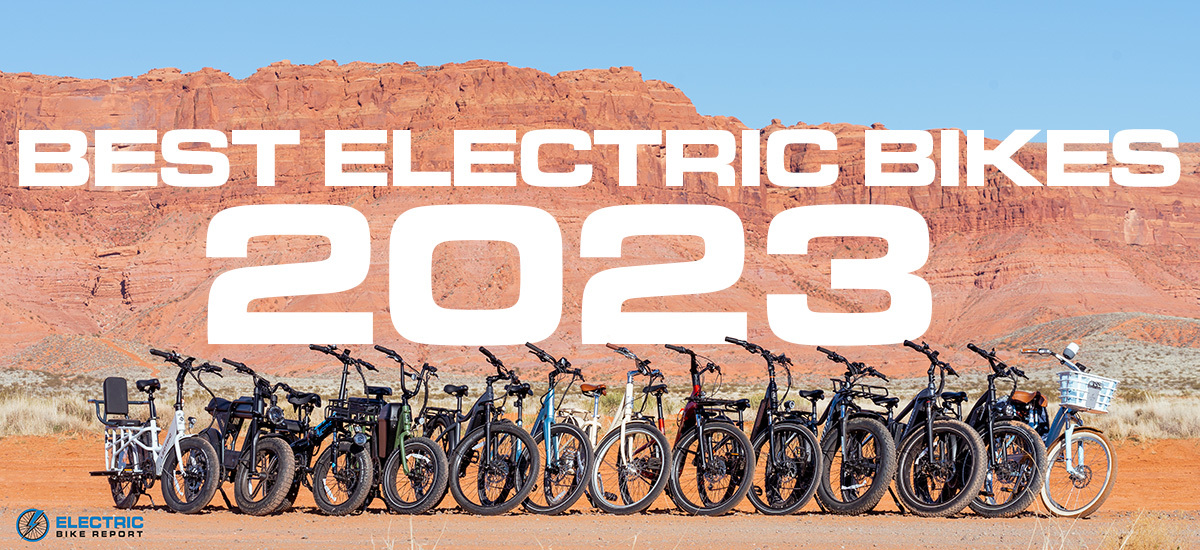The Maximum Speed of an Electric Bike: Exploring Limits and Regulations
Electric bikes, also known as e-bikes, have gained tremendous popularity in recent years as a more environmentally friendly and convenient mode of transportation. These two-wheeled wonders combine the benefits of a conventional bicycle with the assistance of an electric motor, providing riders with an extra boost of power to tackle hills, cover longer distances, and reach higher speeds. However, as with any form of transportation, there are limits and regulations to consider when it comes to the maximum speed of an electric bike.
Understanding E-Bike Speed Capabilities
E-bikes come in various classes and models, each with its own specifications and capabilities. When it comes to maximum speed, it’s important to differentiate between different classes of electric bikes:
Class 1 E-Bikes
Class 1 e-bikes are equipped with a pedal-assist system that provides assistance only when the rider is pedaling. These e-bikes have a maximum motor-assisted speed of 20 miles per hour (32 kilometers per hour). Once the bike reaches this speed, the motor assistance will typically cut off, and the rider must rely solely on their pedaling power.
Class 2 E-Bikes
Class 2 e-bikes also have a maximum motor-assisted speed of 20 miles per hour (32 kilometers per hour), but they are equipped with a throttle in addition to the pedal-assist system. This means that riders can achieve the maximum speed without pedaling, solely relying on the electric motor.

Class 3 E-Bikes
Class 3 e-bikes are designed for faster speeds and are equipped with a pedal-assist system that can provide assistance up to 28 miles per hour (45 kilometers per hour). Similar to Class 1 e-bikes, the motor assistance cuts off once the bike reaches this speed, requiring the rider to pedal to maintain or exceed it.
Factors Influencing E-Bike Speed
Several factors can influence the maximum speed of an electric bike, regardless of its class. These factors include:
Battery Power and Voltage
The power and voltage of an e-bike’s battery play a significant role in determining its maximum speed. Higher voltage batteries can deliver more power to the motor, allowing the bike to achieve higher speeds. However, it’s important to note that using a higher power battery may also impact the overall range of the e-bike.
Motor Output
The motor’s output, measured in watts, directly affects how much assistance the e-bike provides. E-bikes with higher wattage motors can offer more power and speed. Motors are available in various power ratings, and a higher wattage motor can contribute to a faster maximum speed.
Terrain and Riding Conditions
The terrain and riding conditions also play a significant role in an e-bike’s maximum speed. Riding uphill or on rough terrain may reduce the overall speed of the bike, even with motor assistance. Similarly, headwinds and other weather conditions can impact the e-bike’s speed and efficiency.

Regulations and Legal Considerations
While e-bikes offer a convenient and eco-friendly way to get around, it’s essential to be aware of the regulations and legal considerations related to their maximum speed:
Local Regulations
E-bike regulations vary from one region to another. Different countries, states, and municipalities have their own laws governing the use of e-bikes, including their maximum speed limits. It’s crucial to familiarize yourself with the local regulations before riding an e-bike. For ebikes perth see here.
Street Legality
In some areas, e-bikes may be classified as bicycles as long as they meet specific criteria, such as their maximum speed and motor output. E-bikes that exceed certain speed limits or have overly powerful motors might be considered motor vehicles and subject to different regulations and requirements.
Helmet Requirements
Depending on the classification of the e-bike and local regulations, riders may be required to wear helmets when operating these vehicles. Helmet laws are often tied to the maximum speed and classification of the e-bike.
Conclusion
The maximum speed of an electric bike depends on its classification, battery power, motor output, terrain, and local regulations. E-bikes offer a convenient and eco-friendly mode of transportation, providing riders with an enjoyable way to navigate urban and suburban environments. However, it’s crucial to understand and adhere to the regulations that govern e-bike usage in your area to ensure a safe and lawful riding experience. As technology continues to advance, we can expect further innovations in e-bike design and performance, potentially leading to even higher speeds in the future.




